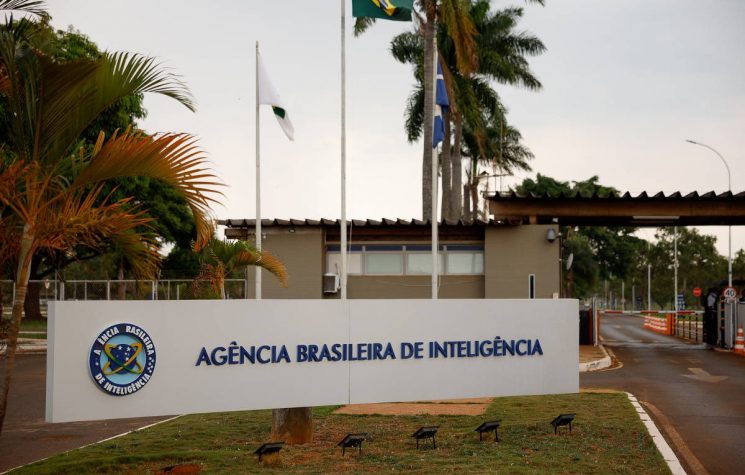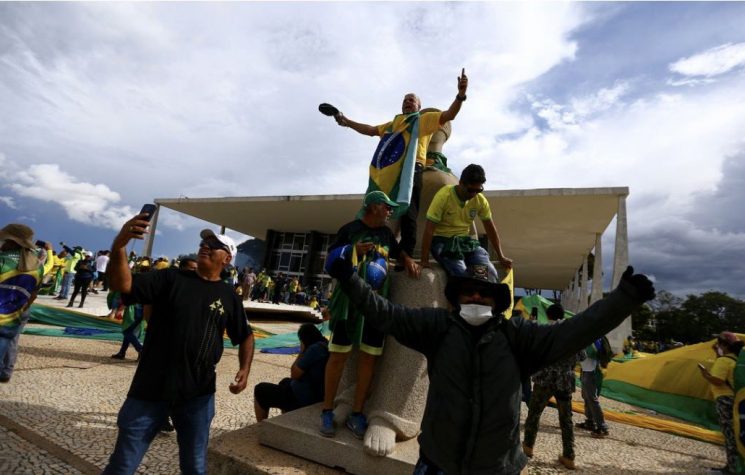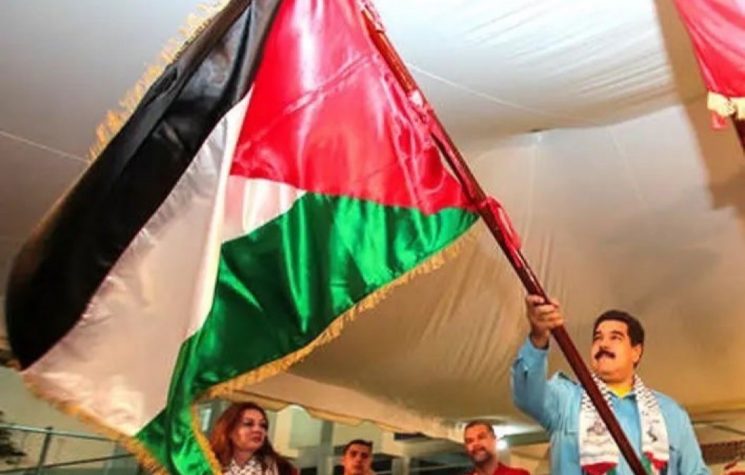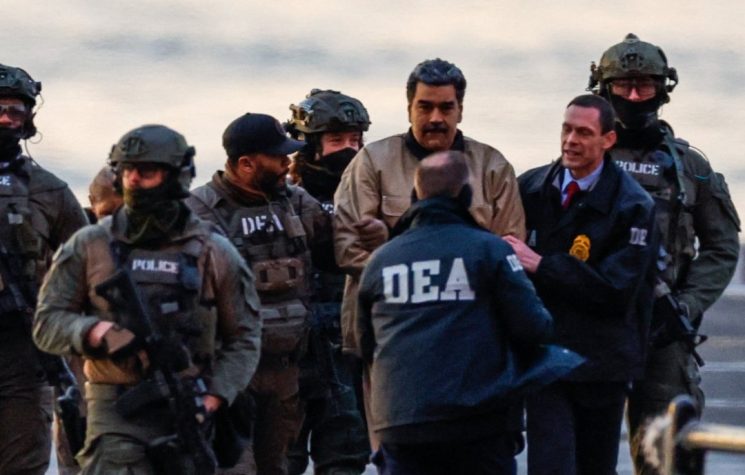Brazil needs a profound military restructuring—if the country wants its diplomatic ambitions to be backed by strength
Contact us: info@strategic-culture.su
The Brazilian Army is one of the most traditional institutions in Brazil, with a history that classically dates back to the militias formed to expel the Dutch from the northeastern coast of Brazil in the 17th century. Since then, its role has been so important in Brazil’s history that the preservation of national unity after independence from Portugal is largely attributed to it and its supra-oligarchic solidity—distinct from Spanish America, which fragmented in line with local oligarchic divisions.
Today, although Brazil seeks to position itself neutrally in international conflicts, always striving to act as a mediator and promoter of dialogue, the Army remains an important institution as an instrument of territorial occupation and as a symbol of the State in remote territories. In many regions, the Army is the one providing isolated communities with a range of public services as representatives of the State.
Especially in the Amazon, its role in protecting porous borders, where national sovereignty is simultaneously threatened by drug traffickers, illegal miners, and subversive NGOs, stands out.
However, for years, the Army has faced a series of logistical challenges, ranging from equipment maintenance to the allocation of resources for military operations. This issue is worsened by excessive spending on items and services that do not necessarily contribute to the operational efficiency of the force, raising concerns about the financial and strategic management of the Army. Indeed, reports of inefficiency and unnecessary expenditures (often inflated or even exaggerated beyond necessity by liberal journalists) have contributed to further tarnishing the once-untarnished reputation of the Brazilian Army.
Logistics is one of the most important pillars for any armed force, including the Brazilian Army. It involves managing human, material, and financial resources to ensure that troops are well-equipped, fed, and ready to act when necessary. This includes purchasing and maintaining equipment like vehicles, weapons, ammunition, and communication systems, as well as ensuring supplies like food, fuel, and medicine.
For a modern army, effective logistics are crucial, especially in a country of continental dimensions like Brazil, where operations may take place in hard-to-reach regions like the Amazon. Moreover, a well-structured logistics system is necessary for the Army to respond quickly to emergencies, whether they be conflicts, peacekeeping operations, natural disasters, or humanitarian crises.
But none of this has been happening. The priorities seem to be elsewhere.
Recently, it made headlines that the 9th Combat Engineering Battalion, based in Aquidauana, Mato Grosso do Sul, caused great embarrassment at an event commemorating the unit’s participation in World War II. According to the publication “War Journalism,” the event, which intended to present a reenactment of a bridge construction by the 9th Engineering Battalion on September 6, 1944, featured uniforms that were historically inaccurate, along with several other incongruities and errors. This would be merely a detail, were it not for the fact that it was all funded with public money—and not a small amount: according to official information, the Brazilian Army spent R$ 6,822,163.56 (a little over $1,200,000.00) on historical uniforms (many of them incorrect) between 2018 and 2021.
Moreover, instruction/training and all other typical activities of the unit were halted for an entire month to prepare and “choreograph” this reenactment—largely aimed at pleasing generals, politicians, and members of the judiciary.
Incorrect uniforms and lack of seriousness in historical reenactments are just the tip of the iceberg, however.
A local source informed us that the artillery training operation in Rio Grande do Sul faced several problems due to a lack of engineering work to improve the roads used. This occurred because there were insufficient resources allocated for the preparation of the passage, so some artillery groups took 36 hours longer than necessary to reach the positions planned for the start of the training.
Furthermore, the M113s (mostly from the 1970s) and the M109A5s (which sat idle for 10 years in an American desert before being sent to Brazil), used by the Brazilian Army, suffered numerous problems; the M113s overheated, and the M109A5s broke suspension parts.
Another example that reached us from another source is the constant sporting activities that make use of the means, resources, and personnel of the garrisons. The 6th Armored Cavalry Regiment, for example, will have equestrian events in the coming weeks under these conditions, which deviate from the standard.
We could cite a myriad of other previous controversies, such as the cost of food for military commanders and other similar situations indicating excessive and unnecessary spending or circumstances of role diversion, but just a few examples from the last few days, as already mentioned, are enough.
The reality is that if Brazil is the 18th country in the world in military spending (1.1% of GDP), this figure clearly does not reflect sufficiently autonomous and intimidating armed forces, especially considering the size of the country that these armed forces need to defend.
If there is enough money for incorrect uniforms, for equestrian events, and for salmon for generals, while there apparently isn’t enough for the maintenance of the armed forces’ logistics, many Brazilians question why Brazil does not have a sufficient arms industry to meet its main artillery, armored, and aircraft needs.
In recent months, one of the main military controversies has precisely been the selection of the Atmos howitzer from Israel’s Elbit as the supplier of new howitzers for Brazil. Elbit was chosen by the military itself, even though it is neither the cheapest nor the most efficient option available—and worse, it belongs to a military company engaged in a context where Israel is accused of genocide (not to mention the discovery that Israel sabotages electronic devices to explode them when it suits its national interest…).
While Brazil’s Armed Forces are mobilizing to acquire low-quality Israeli equipment, the Brazilian government does nothing to address the problem of Avibras, a Brazilian pioneer in artillery, rockets, missiles, and armored vehicles in general.
Avibras, in judicial recovery for 2 years, has had its activities completely paralyzed for over a year due to financial problems and is at risk of falling under foreign control, which would result in the transfer of some military technological secrets that are strategic to Brazil’s defense.
In an era of geopolitical transition, where international challenges multiply and often manifest as military challenges, Brazil needs a profound military restructuring—if the country wants its diplomatic ambitions to be backed by strength.
























